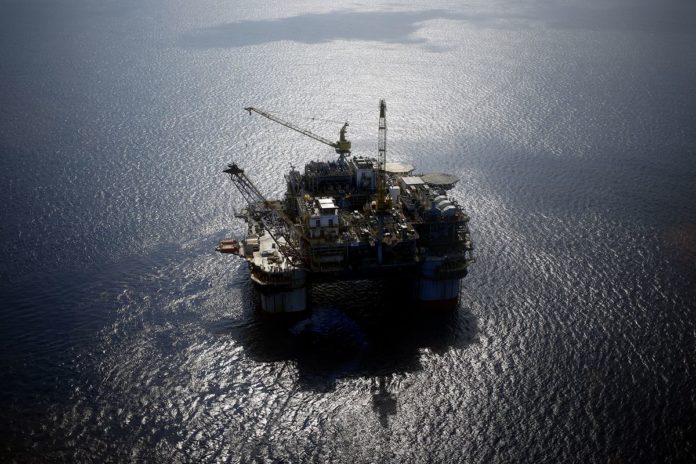(Bloomberg) — Everyone from environmentalists to investors is beating up on fossil fuels, and American energy giants Exxon Mobil Corp. and Chevron Corp. are taking increasingly diverging approaches as they try to weather the storm.
The problem is, neither strategy is working right now.
Exxon is using the downturn in oil, gas and chemical prices as an opportunity to unleash its giant balance sheet to fund a slew of mega-projects around the world. Chevron is sticking with austerity — to such an extent that Chief Executive Officer Mike Wirth admitted he sounds like “a broken record” repeating a mantra of financial discipline.
The companies posted their worst results in years on Friday, dragged down by weak performance across most business lines. The origin of much of their current problems can be traced back to America’s shale revolution, which in little over a decade ended a domestic shortage of oil and gas and created a seemingly limitless source of supply, pushing energy prices lower.
Exxon and Chevron have also become lightning rods in the backlash against fossil fuels. As pressure mounts for the industry to do more to address environmental concerns, investors have increasingly fled the sector. Energy now accounts for just 3.8% of the S&P 500 Index, down from 16% in 2008.
Both companies are “competing in a sector that has systematically destroyed value for investors over the past decade,” said Mark Stoeckle, a Boston-based fund manager at Adams Funds with $2.5 billion of assets. “It’s going to take time, and consistent results to convince the investing public” otherwise.
Exxon slumped 4.1% Friday after fourth-quarter earnings trailed analysts’ estimates. Low natural gas and petrochemical prices meant it failed to generate enough cash to over its dividend for the period.
Still, Chief Executive Officer Darren Woods remains steadfast in his pursuit of a $35 billion-a-year capital investment plan that aims to build oil and gas projects from Guyana to Mozambique. It’s a classic counter-cyclical strategy: Invest while prices are low and competitors are pulling back, and reap the rewards when the commodity cycle turns.
“While we would prefer higher prices and margins, we don’t want to waste the opportunity that this low price environment provides,” Woods said on a conference call. Exxon has the option of “utilizing our financial capacity” or taking on debt to pursue its goals, he said.






